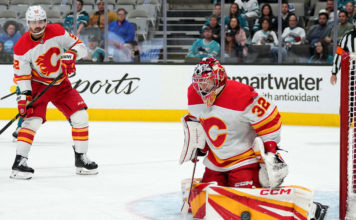California will star Thursday in a mock earthquake disaster
drill – considered the largest in U.S. history – with some 5
million people pledging to do everything from ducking for cover to
rescuing faux victims.
California will star Thursday in a mock earthquake disaster drill – considered the largest in U.S. history – with some 5 million people pledging to do everything from ducking for cover to rescuing faux victims.
The exercise centers on a hypothetical magnitude-7.8 earthquake that unzips the southern San Andreas Fault – an event that scientists call the feared “Big One.” Such a quake would cause 1,800 deaths and $200 billion in damage, researchers estimate.
The state’s previous simulated quake catastrophes were smaller in scale with the leading actors mainly first responders and cities testing their emergency preparedness. Thursday’s drill is more of an ensemble cast with governments, schools, hospitals, churches, businesses and residents promising to do their part.
“We’re trying to make it a communal event,” said U.S. Geological Survey seismologist Lucy Jones, who spent the past year organizing the drill.
California is the most seismically active state in the Lower 48. Only Alaska is more seismically active.
Earlier this year, the USGS calculated California faces a 46 percent chance of being hit by a 7.5 or larger quake in the next 30 years with the epicenter likely in Southern California.
Despite the known seismic risks, California has never been as organized as Japan, which holds an annual quake drill to mark the 1923 Great Kanto earthquake, a magnitude-8.3 temblor in Tokyo that killed more than 140,000 people.
Interest in the statewide exercise was initially low, Jones said, but peaked after the state was jolted by a moderate quake this summer.
Though a far cry from the “Big One,” the July magnitude-5.4 temblor centered in the hills east of Los Angeles was the strongest to rattle a populated area of Southern California since the 1994 Northridge disaster. After the shaking stopped, 400 new people signed up for the drill, Jones said.
If such a quake hit, scientists say, sections of freeways would collapse, water pipes would burst and certain high-rise buildings and older structures would fall.
Scientists estimate it cost $2 million to organize and publicize the drill.
The minimum participation requires people to dive for safety at 10 a.m. PST on Thursday, the start of the drill. Other participants are staging full-scale exercises complete with search-and-rescue missions and medical triaging of people posing as casualty victims.
It’s not all doom and gloom. Scientists plan to follow up the drill with a rally in downtown Los Angeles on Friday.













